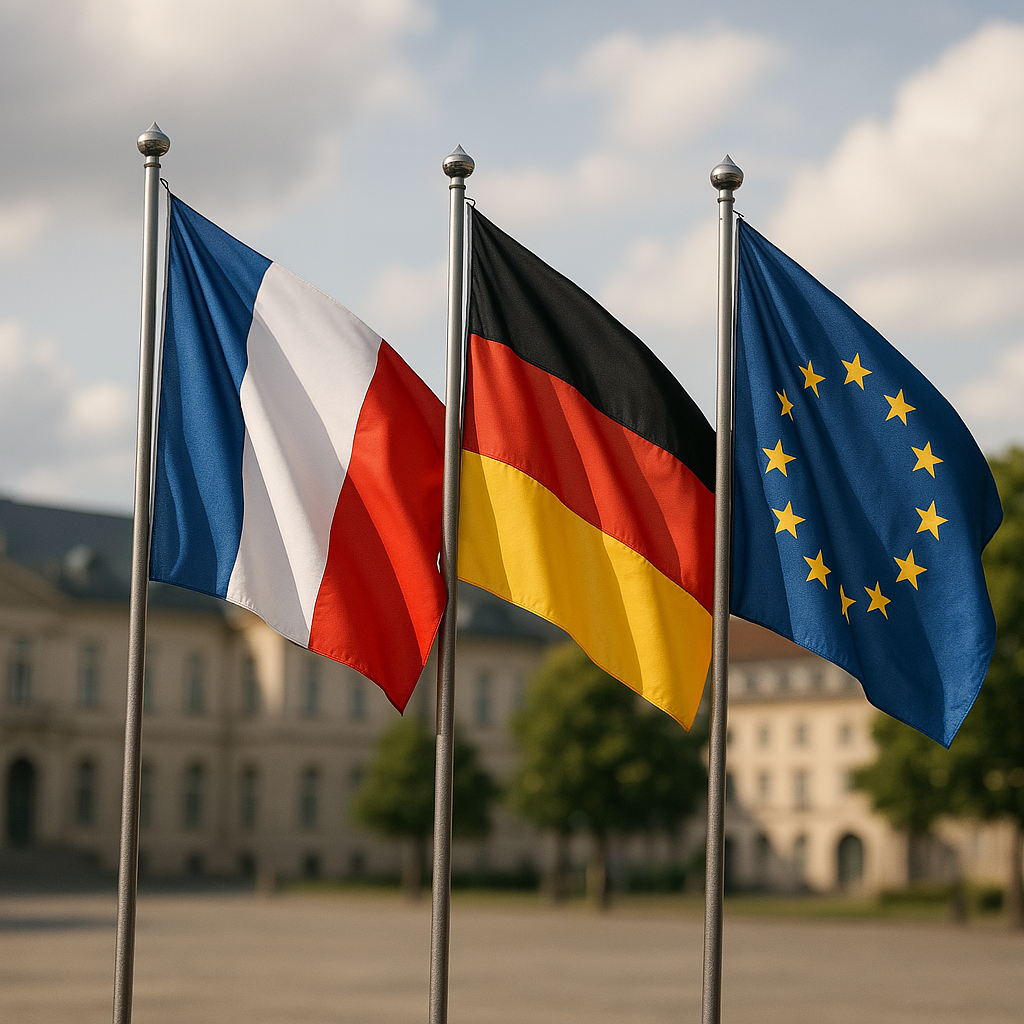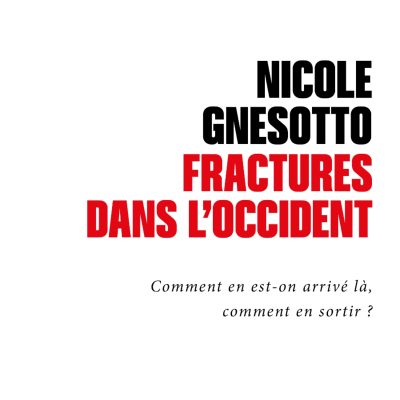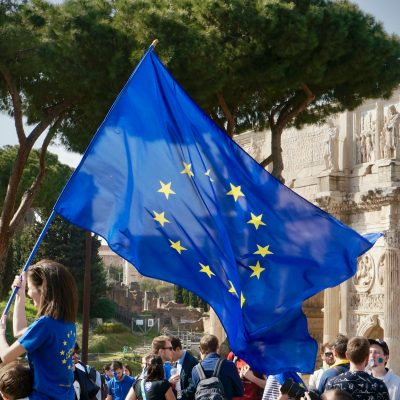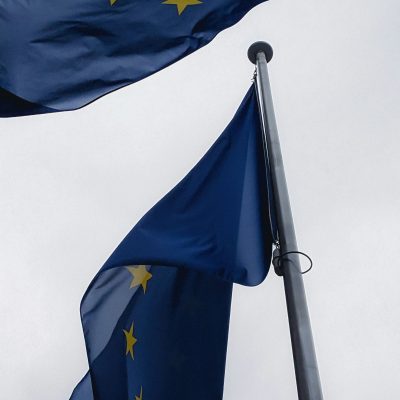The new institutional architecture of the European Union: a third way for France and Germany?

On 22 January 2003, France and Germany emphatically celebrated the 40th anniversary of the Élysée Treaty, thereby expressing a strong desire to revive cooperation between the two countries after the electoral clarifications of 2002. In this spirit, the previous three months had been marked by an impressive series of bilateral initiatives. On 24 October 2002, an informal agreement between the two heads of state broke the deadlock on the delicate issue of financing the enlarged Union until 2006 and paved the way for the rapid conclusion of the enlargement negotiations. Then, no fewer than four contributions were submitted by the two countries to the European Convention, concerning the ESDP, the European area of security, freedom and justice, economic governance and, finally, the institutional architecture of the European Union. Finally, the actual celebration of the 40th anniversary of the Treaty gave rise to a joint declaration, significantly entitled ‘Franco-German friendship in the service of a shared responsibility for Europe’.
More than half a century after the start of European integration, this clearly signified that, with the years of reconciliation behind us, the horizon for a renewal of bilateral relations could only be that of the political construction of Europe. The aim was to close the chapter that, from the difficult negotiations on Agenda 2000 in early 1999 to the even more difficult negotiations on the Treaty of Nice at the end of 2000, had left Europe feeling exhausted, lacking in imagination, creative compromise and, for some, leadership.




